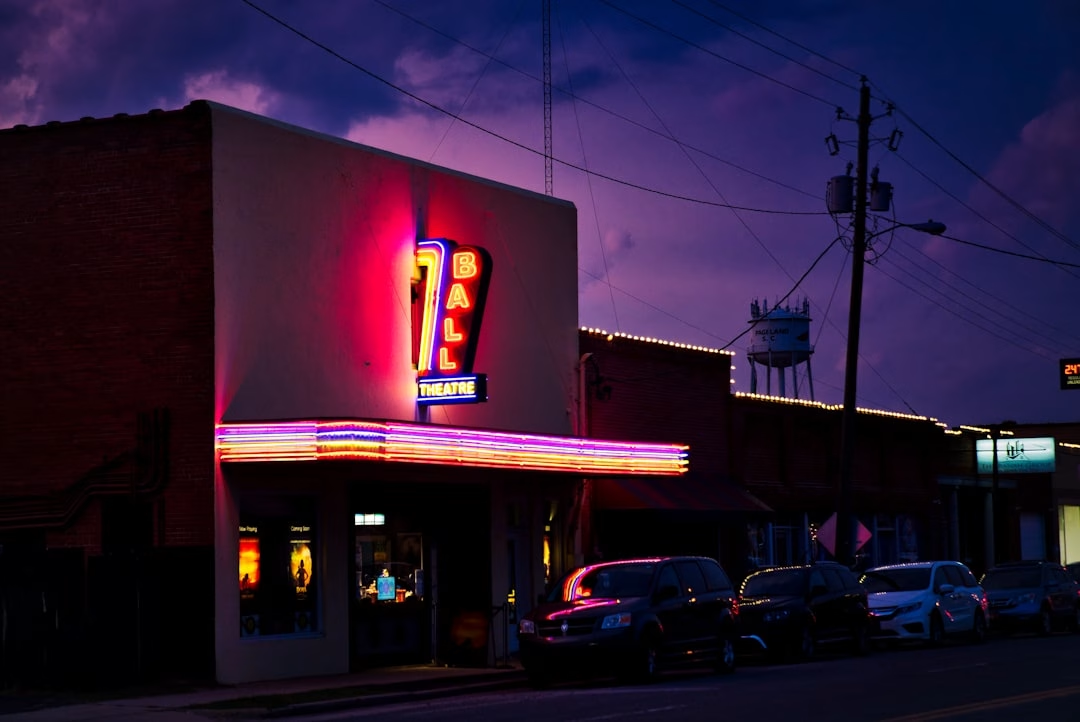Introduction
Have you ever been amazed by the fantastical world depicted in your favorite film, or impressed with how a certain period of history has been accurately portrayed on screen? These elements that lend the distinct visual style to a film are the outcome of the creative vision of a production designer. Let’s embark on a journey to decode the essential role of production designers in films.
The Role
Production designers play a pivotal role in shaping the visual storytelling of a film. They are responsible for the visual concept of a film, television or theatre production. They identify a design style for sets, locations, graphics, props, lighting, camera angles and costumes, while working closely with the director and the cinematographer. The main goal is to create an environment that bounces off the narrative and the characters’ nuances.
Conceptualizing the Design
A production designer’s work starts from script analysis. They have to immerse themselves in the script, understanding the characters, the plot, and the underlying theme. Based on these insights they devise a design concept for the film.
Key Responsibilities
- Conducting research on styles and designs to fit the film’s narrative.
- Inspecting locations and assessing them according to the requirements of the script.
- Working in tandem with the director and cinematographer to reach a visual consensus for the film.
- Coordinating with the art department to keep visual aesthetic consistent.
- Overseeing the set construction and decorating process.
- Managing budget considerations and constraints without compromising on design elements.
Conclusion
Whether it’s creating a fantastical world previously unseen or recreating a historical period with precision, the craft of a production designer plays an integral and often unseen role in the films we know and love. Next time when you marvel at the aesthetic appeal of a film, take a moment to appreciate the work of production designers who labour behind the scenes, creating magic on the silver screen.
